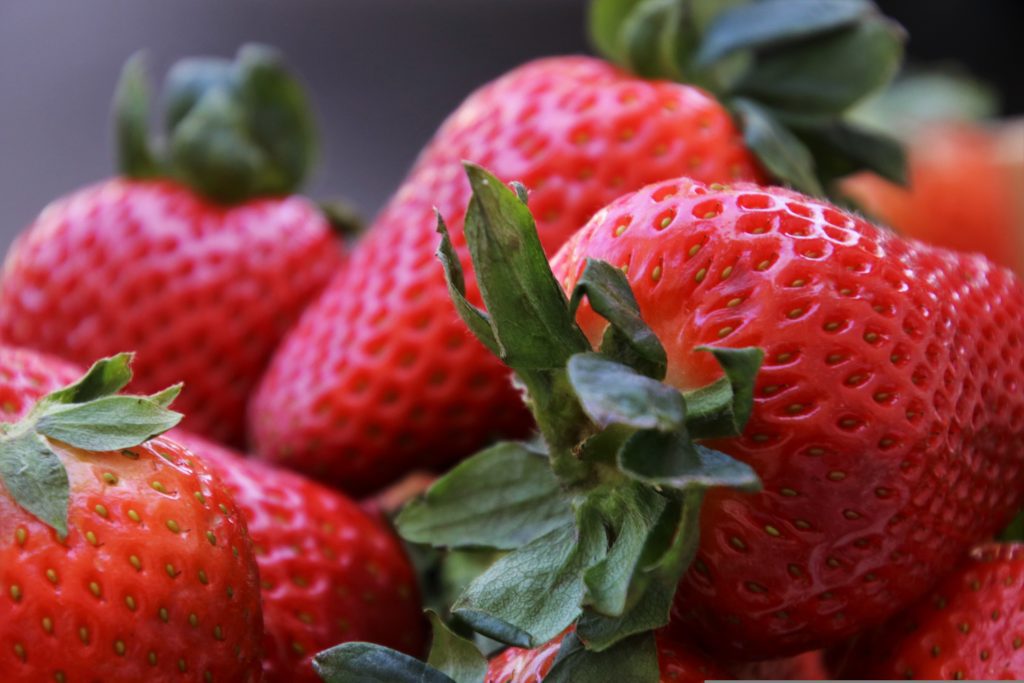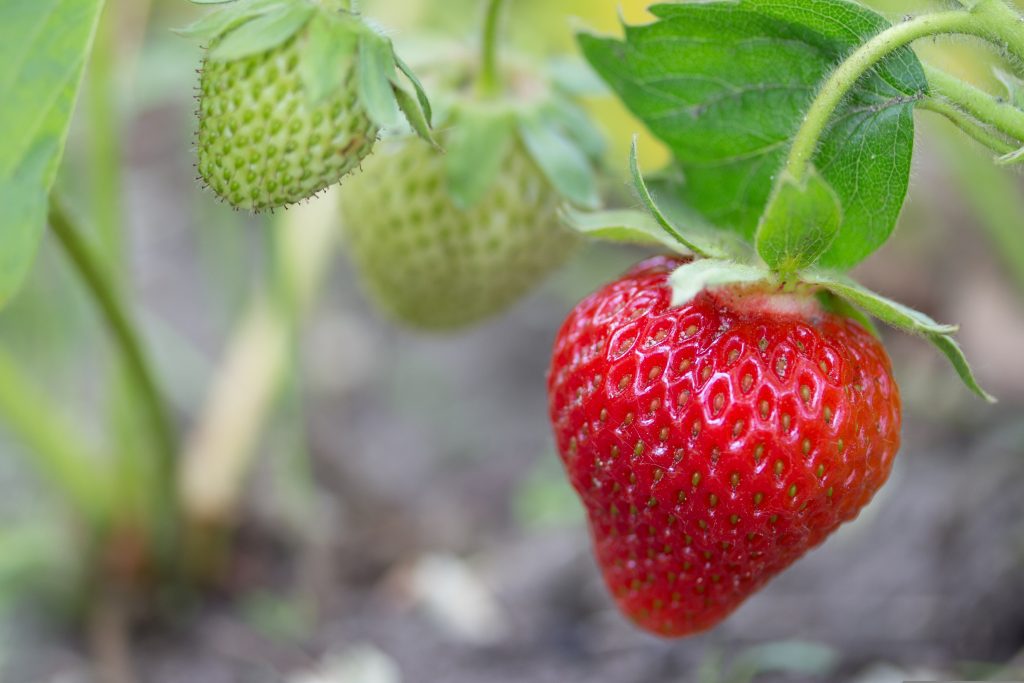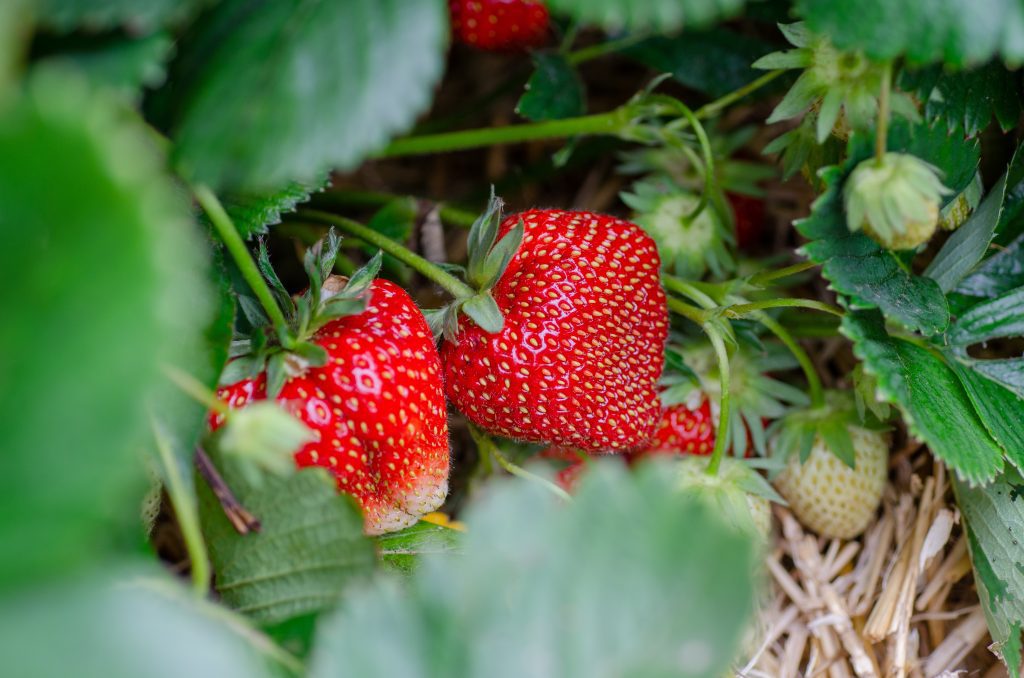Choosing the Right Strawberry Variety
Selecting the right strawberry variety is crucial to a successful harvest. There are two main types to consider:
- June-bearing strawberries produce a single, large crop in early summer. These are ideal if you want a big harvest all at once.
- Everbearing strawberries yield smaller crops throughout the growing season, providing a steady supply of berries.
Popular varieties include ‘Albion’, known for its large and sweet berries, ‘Chandler’, favored by commercial growers, and ‘Seascape’, an excellent everbearing option. Choose a variety suited to your climate and space availability.
Preparing the Soil for Planting
Strawberries thrive in well-draining soil rich in organic matter. Before planting, prepare the soil by:
- Adding compost, well-rotted manure, or organic materials to improve soil fertility.
- Ensuring a soil pH of 5.5 to 6.5, as strawberries prefer slightly acidic conditions.
- Removing weeds to prevent competition for nutrients.
A well-prepared soil foundation will help your plants produce healthier and more abundant berries.
Planting Strawberry Plants
Strawberries can be planted in spring or fall, depending on your location. Follow these steps for planting success:
- Space plants 12-18 inches apart in rows 2-3 feet apart.
- Plant the crown (where the leaves meet the roots) just below the soil surface.
- Water immediately after planting to help establish roots.
Consider using raised beds or containers if your soil lacks drainage.
Caring for Your Strawberry Plants
Regular care ensures strong growth and a productive harvest. Essential maintenance includes:
- Watering: Provide about one inch of water per week, keeping the soil consistently moist but not soggy.
- Mulching: Use straw or pine needles to retain moisture, suppress weeds, and protect berries from soil contact.
- Fertilizing: Apply a balanced fertilizer every 4-6 weeks to support healthy growth.
Proper care will result in sweeter, juicier berries throughout the season.
Pruning and Harvesting Strawberries
For a stronger, healthier plant, follow these pruning and harvesting practices:
- In the first year, remove the first blooms to encourage better root development.
- Regularly trim dead or damaged leaves and runners (shoots that grow from the main plant).
- Harvest berries when fully red, gently picking them to avoid plant damage.
Enjoying strawberries at peak ripeness ensures the best flavor.
Pest and Disease Management
Protect your strawberry plants from common pests and diseases:
- Slugs and snails: Use organic baits or barriers to keep them away.
- Birds: Cover plants with netting to prevent berry theft.
- Disease prevention: Avoid planting strawberries in soil where tomatoes, peppers, or potatoes have grown in the past two years.
Keeping plants healthy minimizes crop loss and ensures a bountiful harvest.
Growing strawberries is a rewarding experience, whether you’re planting them in a garden or containers. By selecting the right variety, preparing the soil, and providing proper care, you can enjoy fresh and flavorful berries all season long. Start your strawberry journey today and savor the sweetness of homegrown fruit!





 15% Military Discount
15% Military Discount